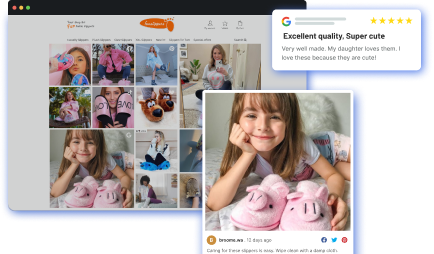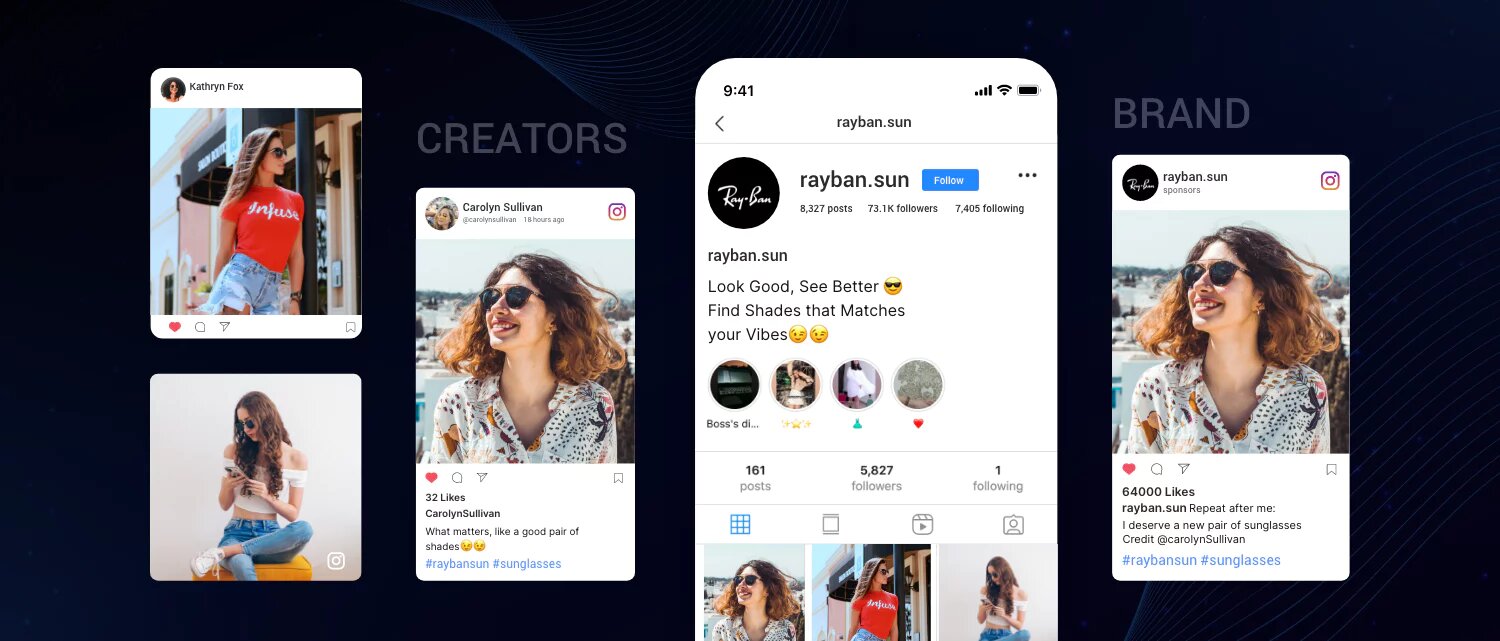User-generated content (UGC) has exploded in popularity in recent years. Consumers crave authenticity, and brands recognize the power of real people promoting their products and services. But with this growing market comes the question: how much does UGC price?
This comprehensive guide dives deep into UGC pricing, exploring factors influencing costs, different pricing models, negotiation strategies, and alternative approaches to traditional pricing.
The Power of UGC and Why Pricing Matters
UGC goes beyond simple product placements. It’s about fostering genuine connections with consumers. Real people using and loving your brand resonates far more than traditional advertising. Studies show that UGC can significantly boost brand trust, purchase intent, and conversion rates.
However, fair compensation is crucial for a thriving UGC ecosystem. Creators deserve to be paid for their time, effort, and expertise. Setting transparent and competitive pricing is essential for attracting top talent and fostering long-term partnerships.
Rough Idea of UGC Pricing
UGC pricing can vary greatly depending on several factors, but here’s a ballpark range to get you started:
UGC Creator Pricing:
- Beginner: $50 – $100 per piece of content (photo, video)
- Mid-Level: $150 – $500 per piece of content
- Established Creator: $500+ per piece of content
Factors Affecting Pricing:
- Creator’s Reach: Larger followings typically command higher rates.
- Content-Type: Videos generally cost more than photos.
- Usage Rights: One-time use is cheaper than long-term campaigns.
- Production Quality: High-quality edits cost more than simple footage.
Let Us Help You Find Creators Within Your Budget

Factors Affecting UGC Pricing
There’s no one-size-fits-all answer to UGC pricing. Several factors influence how much creators charge:
- Type of UGC: Photos, videos, blog posts, and reviews require different skillsets and production time. Videos, especially high-quality edits, typically cost more than static images.
- Reach of the Creator: UGC Creators with more significant followings (measured by follower count) can reach a wider audience, potentially justifying a higher price tag. However, engagement rate (active audience interaction) is also crucial. A creator with a smaller, highly engaged audience might be more valuable than one with a large but passive following.
- Usage Rights: The scope of how brands can use the content significantly impacts pricing. One-time use for a social media post will be less expensive than using the content across multiple UGC platforms for an extended campaign.
- Production Quality: Highly edited, polished videos with professional equipment will naturally cost more than simple, raw footage.
- Brand Budget: While creators deserve fair compensation, brands also have budgetary constraints. Understanding brand budgets helps in setting realistic pricing expectations.
Understanding UGC Pricing Models
Several pricing models are used in the UGC world. Here’s a breakdown of the most common ones:
- Flat Fee Per Piece of Content: This is a straightforward approach in which creators charge a set price for each piece of UGC they produce (e.g., photo, video). It’s easy to understand and budget for, but it doesn’t account for potential reach or performance.
- Performance-Based Pricing: UGC Content Creators are paid based on specific metrics like engagement (likes, comments, shares) or sales generated through their content. This incentivizes creators to produce high-quality, engaging content that drives results for brands.
- Tiered Pricing Based on Reach: Creators charge different rates depending on their follower count. This rewards creators with larger audiences who can potentially reach a wider pool of consumers.
- Royalty-Based Model: Creators earn a commission on each sale generated through their UGC. This aligns the incentives of creators and brands, encouraging creators to promote products effectively.
- Product Seeding: Brands send creators free products in exchange for promotion through UGC. This is often used with micro-influencers or for product launches.
Negotiating UGC Pricing: A Win-Win Approach
Negotiating UGC pricing can be a collaborative process. Here are some tips to ensure a successful outcome:
- Research Industry Benchmarks: Before entering negotiations, understand the average UGC rates for similar types of UGC in your industry. Resources like influencer marketing platforms and creator surveys can provide valuable insights.
- Develop a Pricing Strategy: Clearly define your UGC campaign goals and target audience. This will help determine the type and reach of creators you need and influence your pricing strategy.
- Communicate Your Value Proposition: Explain to creators how their work will benefit your brand. Highlight increased brand awareness, potential sales growth, and audience engagement.
- Offer Usage Guidelines: Provide clear expectations regarding content style, brand messaging, and usage rights. This protects both parties and ensures the creator delivers content that aligns with your campaign goals.
- Include Clear Payment Terms: Outline the payment method (e.g., upfront payment, milestone-based) and timeframe for creators to receive compensation.
Beyond Traditional Pricing: Alternative Approaches
While traditional pricing models dominate UGC, consider these alternative approaches:
- Contests and Giveaways: Engage your target audience by hosting contests or giveaways where participants create UGC for a chance to win prizes. This generates excitement and brand awareness at a relatively low cost.
- Brand Ambassador Programs: Build long-term partnerships with creators who resonate with your brand. Ambassadors receive ongoing benefits in exchange for consistent promotion and content creation.
- Affiliate Marketing: Partner with creators and pay them a commission on each sale
Conclusion:
The world of UGC pricing is dynamic and constantly evolving. As the industry matures, we can expect to see a continued focus on transparency, fairness, and value-driven pricing models.




